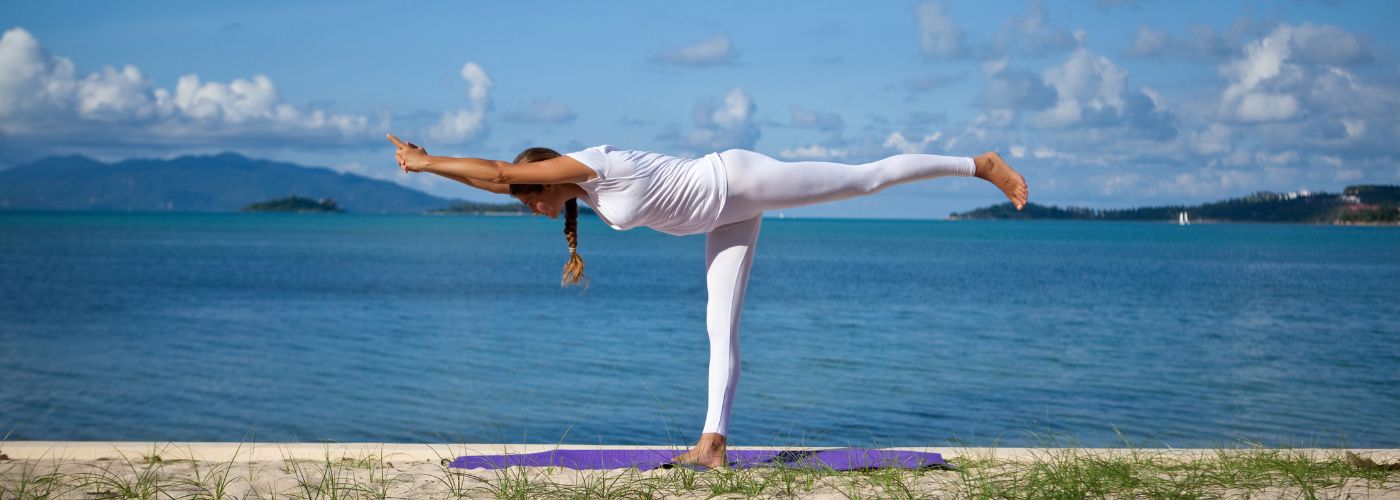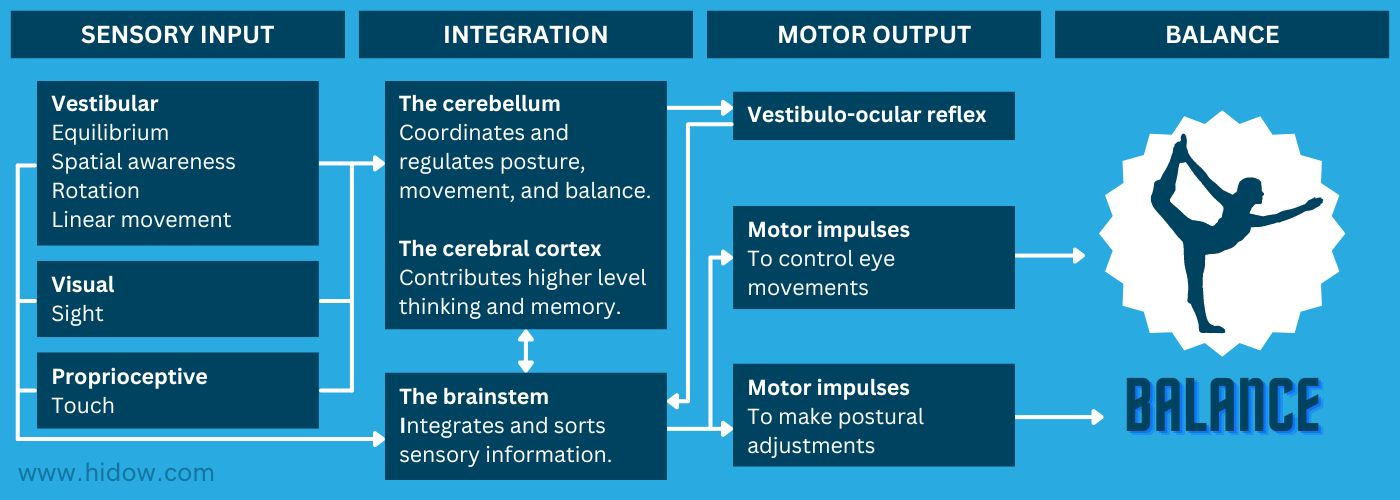Balance is a crucial aspect of our daily lives that often goes unnoticed until it’s lost. A lack of balance can result in falls and injuries, which can lead to long-term health issues. We’ll explore the best tips for improving your balance and overall health. Whether you’re young or old, these strategies will help you retain or regain your stability and confidence!
Can Poor Balance Be Improved?

Poor balance can be a frustrating and debilitating condition that many people suffer from. It can limit mobility, increase the risk of falls and accidents, and negatively affect overall quality of life. However, there is good news for those looking to improve their balance – it is indeed possible with targeted exercises and lifestyle changes.
One key factor in improving balance is strengthening the muscles involved in maintaining stability. This includes the core muscles, as well as those in the legs and feet.
Full body exercises such as squats, lunges, calf raises, and single-leg stands can all help to build strength and balance in these areas. Additionally, incorporating activities like yoga or Pilates into your routine can also aid in improving flexibility and balance.
Another important consideration in improving balance is addressing any underlying health issues that may contribute to decreased stability.
For example, diabetes and high blood pressure are both conditions that can contribute to loss of balance. If these conditions are left untreated, they could result in more serious issues like heart disease or stroke. Other health problems, such as arthritis and fibromyalgia, can also affect balance and stability.
Arthritis is a condition that causes inflammation in the joints, leading to pain, stiffness, and swelling. Fibromyalgia is a disorder characterized by widespread musculoskeletal pain, fatigue, sleep disturbance, memory issues, and mood changes.
What Type Of Exercise Can Improve Balance?

While balance is an extremely important skill, many may lose it as they age. Fortunately, you can work on it with the help of exercises like pilates and yoga.
The slow, controlled movements in Pilates require a lot of concentration and control, which can help train your body to maintain mobility and stability even when off-balanced. Additionally, many Pilates exercises require standing on one leg or shifting your weight from side to side, which helps improve overall balance.
One of the best Pilates exercises to include in your workout routine is the Single Leg Circle. This exercise targets your hips, thighs, and abs while also working on your coordination skills.
To perform this exercise correctly, start by lying on your back with your legs extended upwards. Point one foot towards the ceiling and draw circles with that leg for about 10 seconds before switching to another foot.
Then, repeat the process with the other leg. Once you’re done with both legs, repeat the exercise again. Do this for at least three sets of 10 repetitions on each leg.
Yoga is another popular form of exercise that can help improve balance. Like Pilates, yoga emphasizes control and concentration through slow movements and poses that require a lot of strength and stability.
The downward-facing dog pose is widely regarded as the best yoga exercise. It strengthens the arms, shoulders, and legs while stretching the hamstrings and calves.
This pose also helps to calm the mind and relieve stress by increasing blood flow to the brain. Additionally, it can help alleviate back pain by lengthening the spine and relieving pressure on discs.
To perform this pose, begin on your hands and knees with your wrists under your shoulders and your knees under your hips. Exhale as you lift your hips up towards the ceiling while keeping your knees slightly bent.
Then lift up onto the toes while pushing your heels back. Next, straighten the arms and press into the palms to raise the hips up toward the ceiling. Hold this position for 10-30 seconds, then revert back to the starting position. Do this movement for a few repetitions before completing the exercise.
What Affects Balance?

As we age, our body undergoes various changes that can affect our balance. For instance, our inner ear may lose some sensitivity over time, leading to difficulty maintaining equilibrium. The equilibrium is responsible for maintaining your natural sense of balance.
Additionally, muscle strength and flexibility tend to decline as we age, making us more susceptible to falls. Health conditions such as Parkinson’s disease and multiple sclerosis can also impact one’s sense of balance since they affect the nervous system responsible for coordinating movements.
Other health issues like diabetes and heart disease can also significantly impact your natural balance.
What Vitamins Are Good For Balance?
One of the most important vitamins that aid in maintaining balance is vitamin D. It plays a significant role in bone health and works alongside calcium to keep bones strong and healthy.
Vitamin D deficiency can lead to weak bones and muscles, affecting your stability. You can get enough vitamin D by incorporating eggs, milk products fortified with vitamin D or spending time outside in the sun.
Vitamin B12 is another vital nutrient required for maintaining balance in the body. It helps produce red blood cells that carry oxygen throughout your body efficiently. You can get vitamin B12 from eating meat, fish or eggs.

Related Stories
Sciatica: 1, LeBron: 0 (For Now)
File photo: LeBron James #6 of the Los Angeles Lakers. (Photo: Thearon W. Henderson /...
Oct
Pickleball vs. Tennis: The Science of Recovery
For years, tennis was the stand-in for movement: endurance, coordination, and power all at once....
Oct
5 Ways to Support Bone Strength with HiDow
World Osteoporosis Day (October 20) October 20 is World Osteoporosis Day, and chances are, you’ve...
Oct
FDA-Cleared Is a Flex. Here’s Why.
Pulling Back the Curtain You’ve seen it on boxes, on websites, in ads: FDA-cleared. It...
Sep
This Is Fibro. This Is Larry.
September is Pain Awareness Month. And we’re not here to give you medical definitions or...
Sep
Train Your Relaxation Reflex
How often do you find yourself struggling to switch off after a long day? With...
Aug